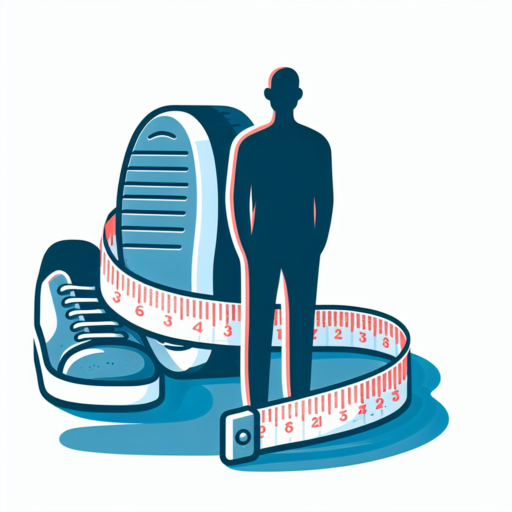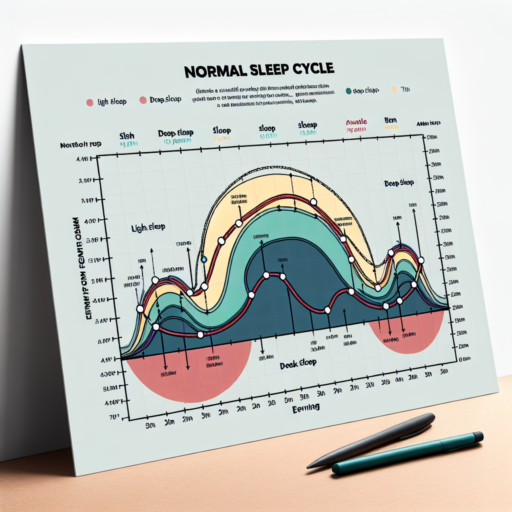How many calories are in 10,000 steps?
Understanding the calorie count of 10,000 steps is pivotal for individuals tracking their fitness goals. The amount of calories burned can vary significantly based on a range of factors including your walking speed, body weight, and terrain. Generally, walking 10,000 steps can burn anywhere from 250 to 600 calories for most people. It’s worth noting that the average person walking at a moderate pace may burn approximately 400 calories by reaching this daily step goal.
In addition to the aforementioned variables, the efficiency of your stride and overall fitness level can also impact the total calorie burn. For individuals who are heavier, the energy expenditure will be higher, leading to more calories burned over the same distance. Conversely, those with a higher fitness level may find their body burns calories more efficiently, possibly leading to a lower calorie count for the same number of steps.
Another aspect to consider is the inclination or decline you’re walking on. Walking uphill, for instance, will substantially increase the calories burned compared to walking on a flat surface. This is due to the additional effort your muscles must exert to overcome gravity, effectively increasing your workout’s intensity. Therefore, integrating varied terrains into your walking routine could be a beneficial strategy for maximizing calorie burn.
How to calculate calories from steps?
Calculating the number of calories burned from steps is a useful approach for those monitoring their fitness progress. This calculation often involves understanding the correlation between step count, personal health metrics, and levels of physical exertion. While various formulas and digital tools can assist in this estimation, knowing the basic method can enhance your fitness tracking efforts significantly.
Understanding the Basic Formula
The simplest way to approximate calorie burn from steps is by using a generic equation. For an average person, approximately 0.04 calories are burned with each step. Thus, multiplying your total step count by 0.04 can give you a rough estimate of calories burned. However, it’s crucial to remember that factors such as body weight, step intensity, and terrain can affect the actual calorie expenditure.
Factors Influencing Calorie Burn
- Body Weight: Heavier individuals typically burn more calories per step due to the increased energy required to move their weight.
- Walking Speed: Faster paces or running can significantly increase the calorie burn per step, as they require more energy expenditure.
- Terrain: Walking or running uphill or on uneven surfaces also increases calorie burn compared to flat surfaces.
For more precise calculations, using a pedometer app or fitness tracker that accounts for these variables can offer a more accurate calorie burn estimate. These tools often utilize proprietary algorithms that factor in personal data alongside step count to provide tailored results. Though these methods might require additional information and effort, they can give a clearer picture of your overall exercise effectiveness.
No se han encontrado productos.
Do you count steps when counting calories?
Many fitness enthusiasts and individuals on a weight loss journey often ask the question, «Do you count steps when counting calories?» This crossover between tracking physical activity and monitoring caloric intake is crucial for a comprehensive approach to health and fitness. Understanding how these two components interact can greatly enhance your strategy for maintaining a balanced lifestyle.
Counting steps has become a popular way to gauge physical activity, thanks in part to wearable technology. However, it’s important to note that the act of walking and the number of steps you take can indeed contribute to your overall caloric burn. Physical activity, including walking, helps to boost your metabolic rate, which in turn can increase the amount of calories you burn throughout the day. Therefore, incorporating step counting into your calorie management plan can provide a more holistic view of your energy expenditure.
While the correlation between step count and calorie burn is significant, the exact impact varies from person to person. Factors such as weight, walking speed, and terrain all play a role in determining how many calories you burn while walking. Experts suggest aiming for a balanced approach that combines calorie counting with step tracking to tailor a fitness regimen that’s both manageable and effective for individual needs and goals.
How many calories are used in 1000 steps?
The number of calories burned by walking can vary from person to person, depending heavily on factors such as weight, pace, and overall fitness level. On average, a person can burn approximately 40 to 50 calories by walking 1000 steps. However, it’s crucial to remember that these numbers serve as a general guideline rather than an exact measurement.
Factors Influencing Calorie Burn
- Weight: Heavier individuals tend to expend more calories for the same distance because their bodies exert more effort to move.
- Pace: Walking speed influences calorie expenditure. A brisk walk accelerates the heart rate, leading to more calories burned per minute.
- Terrain: Walking uphill or on uneven terrain increases calorie burn compared to walking on flat surfaces.
To get a more personal estimate of calories burned during your walks, consider using a fitness tracker or a smartphone app. These tools can provide a closer approximation by taking into account your specific attributes and walking habits. Remember, every step counts towards your fitness goals, making it beneficial to steadily increase your daily step count.




